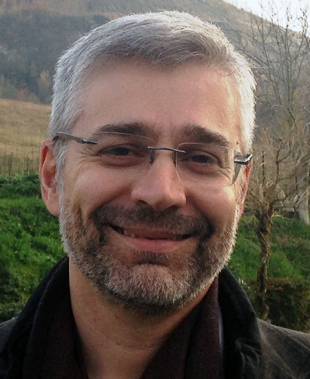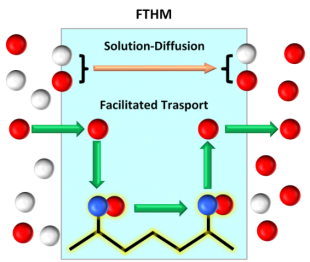Marco Giacinti Baschetti is currently Associate Professor in the Department of Civil, Chemical, Environmental and Material Engineering of the University of Bologna where he entered as a Researcher in the year 2000. During his career, he focused his research activity on the study of mass transport in polymeric materials for applications in the field of gas separation membranes and packaging materials. This research activity was carried out within a different project funded from the Italian government and the European Union, in particular, from 2016 he is coordinating the NANOMEMC2 H2020 project on the development of hybrid membranes for carbon capture applications. The results of Prof. Giacinti Baschetti's scientific activities are published more than 60 papers appeared in international scientific journals and books and presented in several communications to conferences. He is also actively involved as a scientific referee for several high impact factor scientific journals, and participated to the scientific committee of different international congresses such as HYPOTHESIS XI and XIII, Tappi Nano 2015 etc. He was invited to give a plenary talk at the 11th National Chemical Engineering Congress of Turkey, 2-5 September 2014 held in the Eskişehir Osmangazi University. In 2001 Prof. Giacinti Baschetti has been conferred with the A.K. Doolittle Award from the American Chemical Society for his study on the modelling of gas solubility in polymeric blends.
Invited Talk (Resources Recovery )
Facilitated transport membranes for carbon capture
Marco Giacinti Baschetti
Department of Civil, Chemical, Environmental and Material Engineering, the University of Bologna, Italy




